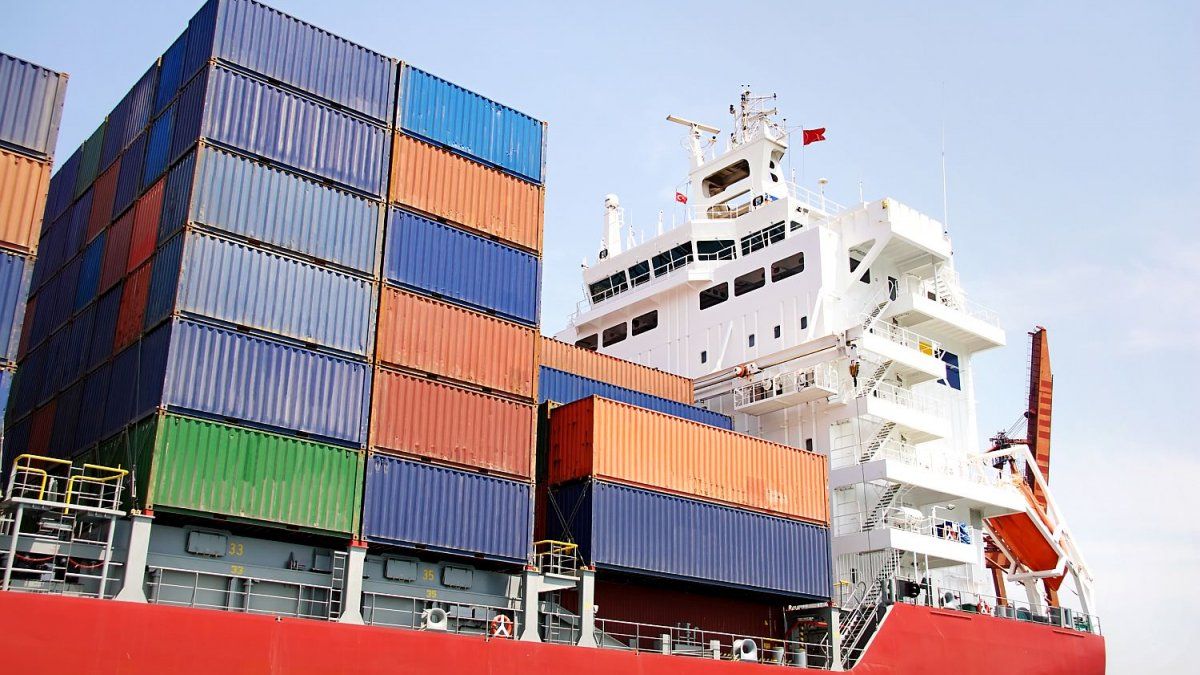In order to monitor the spread of SARS-CoV-2 and to be able to react more quickly to changes, Vienna began examining wastewater in April 2020. “These analyzes show that there was actually less infection in Vienna than in the other federal states,” said City Councilor for Health Peter Hacker (SPÖ) on Sunday in an interim report on the “CSI wastewater” project. This is now to be expanded.
“Tests only provide information about the infection status of those tested, while wastewater monitoring provides information about the extent of infection in the entire population,” said Hacker.
On April 10, 2020, the no longer infectious viral RNA of SARS-CoV-2 was detected in the inflow of the Vienna sewage treatment plant for the first time. In the wastewater, changes in the pandemic can be seen earlier than they are reflected in the incidences. This gives a head start for crisis management decisions. In the first two years, 1318 waste water samples were examined. The scientific project manager Norbert Kreuzinger from the Institute for Water Quality and Resource Management (IWR) at the Technical University (TU) Vienna: “The EU Commission now recommends wastewater monitoring to the member states as an important tool in the fight against the corona pandemic, but also against future challenges harmful pathogens.”
Other pathogens detectable
So far, SARS-CoV-2 has been the focus. “At the same time, we also examined the wastewater for the presence of influenza viruses, since a flu epidemic would pose an additional challenge for hospitals,” said Kreuzinger. “Avian flu is currently a topic again in some countries, but I’m also thinking of expanding wastewater monitoring to include noroviruses and enteroviruses.”
Retirement homes, schools and hospitals were specially inspected by the CSI wastewater. In addition, a “wastewater archive” was set up in which samples are stored at minus 80 degrees, which means that future questions can be answered.
Source: Nachrichten




